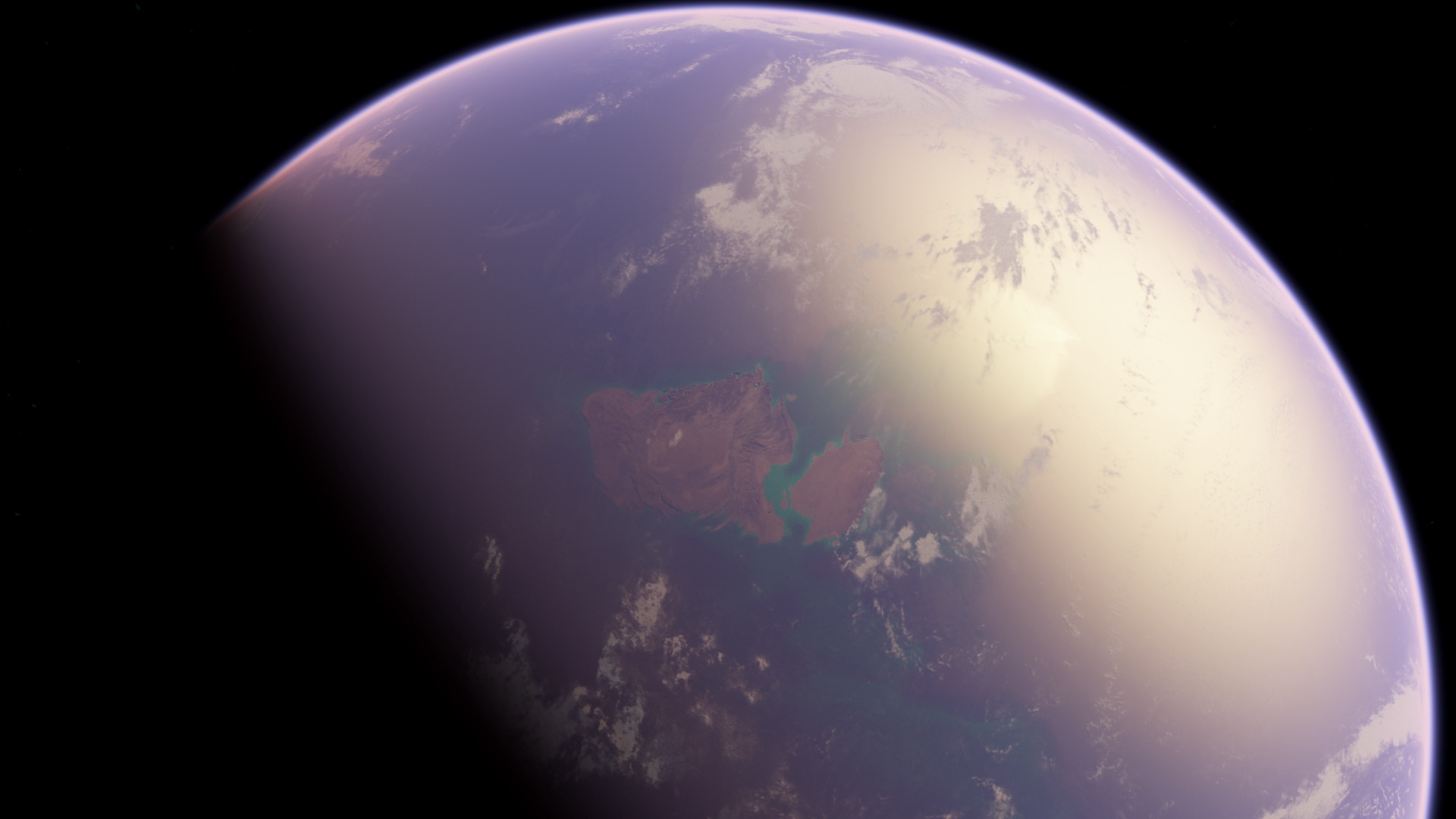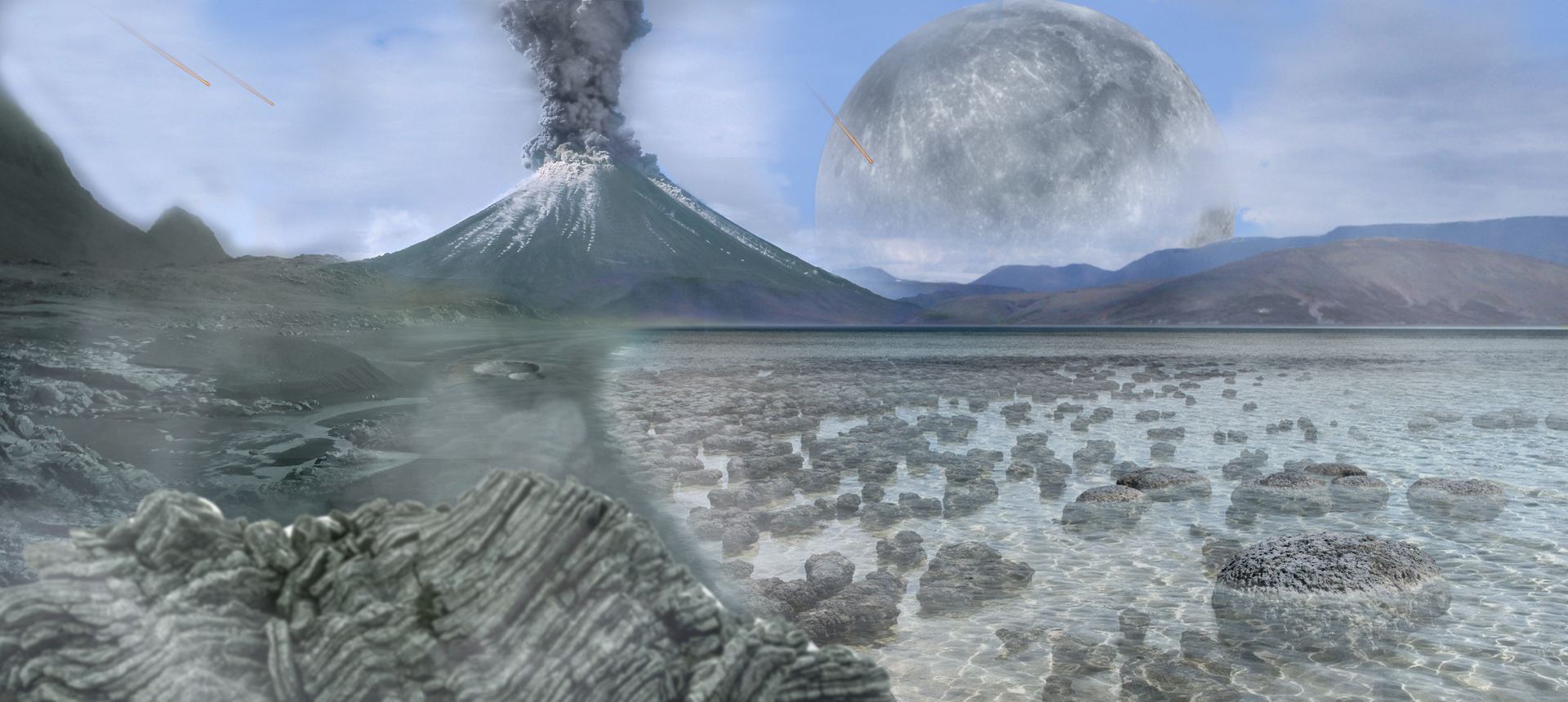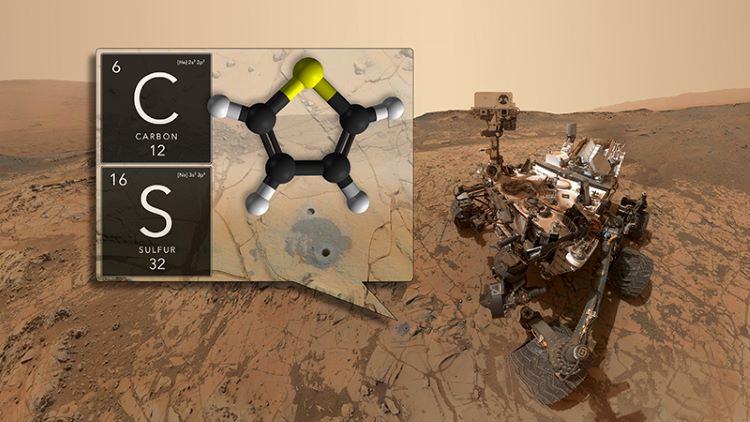Universe Today has recently investigated a plethora of scientific disciplines, including impact craters, planetary surfaces, exoplanets, astrobiology, solar physics, comets, planetary atmospheres, planetary geophysics, cosmochemistry, meteorites, radio astronomy, extremophiles, organic chemistry, black holes, and cryovolcanism, while conveying their importance of how each of them continues to teach researchers and the public about our place in the vast universe.
Continue reading “Planetary Protection: Why study it? What can it teach us about finding life beyond Earth?”Cryovolcanism: Why study it? What can it teach us about finding life beyond Earth?

Universe Today has had the privilege of spending the last several months venturing into a multitude of scientific disciplines, including impact craters, planetary surfaces, exoplanets, astrobiology, solar physics, comets, planetary atmospheres, planetary geophysics, cosmochemistry, meteorites, radio astronomy, extremophiles, organic chemistry, and black holes, and their importance in helping teach scientists and the public about our place in the cosmos.
Continue reading “Cryovolcanism: Why study it? What can it teach us about finding life beyond Earth?”Could Martian atmospheric samples teach us more about the Red Planet than surface samples?

NASA is actively working to return surface samples from Mars in the next few years, which they hope will help us better understand whether ancient life once existed on the Red Planet’s surface billions of years ago. But what about atmospheric samples? Could these provide scientists with better information pertaining to the history of Mars? This is what a recent study presented at the 55th Lunar and Planetary Science Conference hopes to address as a team of international researchers investigated the significance of returning atmospheric samples from Mars and how these could teach us about the formation and evolution of the Red Planet.
Continue reading “Could Martian atmospheric samples teach us more about the Red Planet than surface samples?”Did Earth’s Multicellular Life Depend on Plate Tectonics?

How did complex life emerge and evolve on the Earth and what does this mean for finding life beyond Earth? This is what a recent study published in Nature hopes to address as a pair of researchers investigated how plate tectonics, oceans, and continents are responsible for the emergence and evolution of complex life across our planet and how this could address the Fermi Paradox while attempting to improve the Drake Equation regarding why we haven’t found life in the universe and the parameters for finding life, respectively. This study holds the potential to help researchers better understand the criterion for finding life beyond Earth, specifically pertaining to the geological processes exhibited on Earth.
Continue reading “Did Earth’s Multicellular Life Depend on Plate Tectonics?”We Need to Consider Conservation Efforts on Mars

Astrobiology is the field of science that studies the origins, evolution, distribution, and future of life in the Universe. In practice, this means sending robotic missions beyond Earth to analyze the atmospheres, surfaces, and chemistry of extraterrestrial worlds. At present, all of our astrobiology missions are focused on Mars, as it is considered the most Earth-like environment beyond our planet. While several missions will be destined for the outer Solar System to investigate “Ocean Worlds” for evidence of life (Europa, Ganymede, Titan, and Enceladus), our efforts to find life beyond Earth will remain predominantly on Mars.
If and when these efforts succeed, it will have drastic implications for future missions to Mars. Not only will great care need to be taken to protect Martian life from contamination by Earth organisms, but precautions must be taken to prevent the same from happening to Earth (aka. Planetary Protection). In a recent study, a team from the University of New South Wales (UNSW) in Sydney, Australia, recommends that legal or normative frameworks be adopted now to ensure that future missions do not threaten sites where evidence of life (past or present) might be found.
Continue reading “We Need to Consider Conservation Efforts on Mars”What Deadly Venus Can Tell Us About Life on Other Worlds

Even though Venus and Earth are so-called sister planets, they’re as different as heaven and hell. Earth is a natural paradise where life has persevered under its azure skies despite multiple mass extinctions. On the other hand, Venus is a blistering planet with clouds of sulphuric acid and atmospheric pressure strong enough to squash a human being.
But the sister thing won’t go away because both worlds are about the same mass and radius and are rocky planets next to one another in the inner Solar System. Why are they so different? What do the differences tell us about our search for life?
Continue reading “What Deadly Venus Can Tell Us About Life on Other Worlds”Purple Bacteria — Not Green Plants — Might Be the Strongest Indication of Life

Astrobiologists continue to work towards determining which biosignatures might be best to look for when searching for life on other worlds. The most common idea has been to search for evidence of plants that use the green pigment chlorophyll, like we have on Earth. However, a new paper suggests that bacteria with purple pigments could flourish under a broader range of environments than their green cousins. That means current and next-generation telescopes should be looking for the emissions of purple lifeforms.
“Purple bacteria can thrive under a wide range of conditions, making it one of the primary contenders for life that could dominate a variety of worlds,” said Lígia Fonseca Coelho, a postdoctoral associate at the Carl Sagan Institute (CSI) and first author of “Purple is the New Green: Biopigments and Spectra of Earth-like Purple Worlds,” published in the Monthly Notices of the Royal Astronomical Society: Letters.
Continue reading “Purple Bacteria — Not Green Plants — Might Be the Strongest Indication of Life”Will We Know if TRAPPIST-1e has Life?
The search for extrasolar planets is currently undergoing a seismic shift. With the deployment of the Kepler Space Telescope and the Transiting Exoplanet Survey Satellite (TESS), scientists discovered thousands of exoplanets, most of which were detected and confirmed using indirect methods. But in more recent years, and with the launch of the James Webb Space Telescope (JWST), the field has been transitioning toward one of characterization. In this process, scientists rely on emission spectra from exoplanet atmospheres to search for the chemical signatures we associate with life (biosignatures).
However, there’s some controversy regarding the kinds of signatures scientists should look for. Essentially, astrobiology uses life on Earth as a template when searching for indications of extraterrestrial life, much like how exoplanet hunters use Earth as a standard for measuring “habitability.” But as many scientists have pointed out, life on Earth and its natural environment have evolved considerably over time. In a recent paper, an international team demonstrated how astrobiologists could look for life on TRAPPIST-1e based on what existed on Earth billions of years ago.
Continue reading “Will We Know if TRAPPIST-1e has Life?”Organic Chemistry: Why study it? What can it teach us about finding life beyond Earth?
Universe Today has recently had the privilege of investigating a myriad of scientific disciplines, including impact craters, planetary surfaces, exoplanets, astrobiology, solar physics, comets, planetary atmospheres, planetary geophysics, cosmochemistry, meteorites, radio astronomy, and extremophiles, and how these multidisciplinary fields can help both scientists and space fans better understand how they relate to potentially finding life beyond Earth, along with other exciting facets. Here, we will examine the incredible field of organic chemistry with Dr. Andro Rios, who is an Assistant Professor in Organic Chemistry at San José State University, regarding why scientists study organic chemistry, the benefits and challenges, finding life beyond Earth, and potential paths for upcoming students. So, why is it so important to study organic chemistry?
Continue reading “Organic Chemistry: Why study it? What can it teach us about finding life beyond Earth?”Extremophiles: Why study them? What can they teach us about finding life beyond Earth?

Universe Today has conducted some incredible examinations regarding a plethora of scientific fields, including impact craters, planetary surfaces, exoplanets, astrobiology, solar physics, comets, planetary atmospheres, planetary geophysics, cosmochemistry, meteorites, and radio astronomy, and how these disciplines can help scientists and the public gain greater insight into searching for life beyond Earth. Here, we will discuss the immersive field of extremophiles with Dr. Ivan Paulino-Lima, who is a Senior Research Investigator at Blue Marble Space Institute of Science and the Co-Founder and Chief Science Officer for Infinite Elements Inc., including why scientists study extremophiles, the benefits and challenges, finding life beyond Earth, and proposed routes for upcoming students. So, why is it so important to study extremophiles?
Continue reading “Extremophiles: Why study them? What can they teach us about finding life beyond Earth?”


